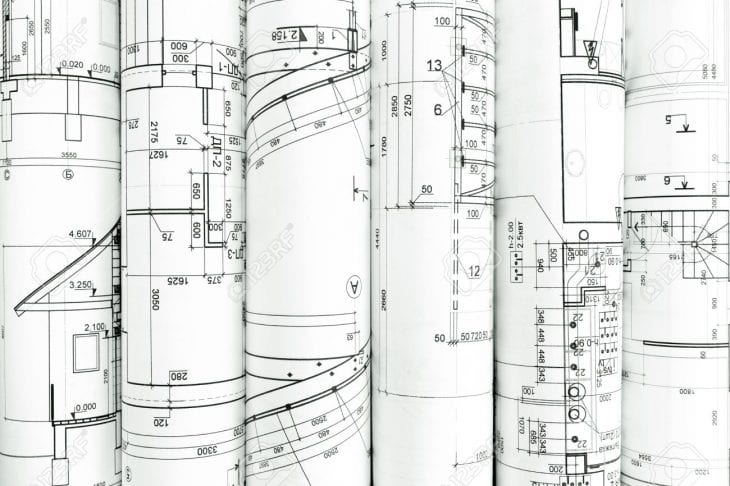When you apply for an internship or a job at one of the prestigious firms around you, what they will look for is a well-defined portfolio. And in order to have that job, you’d need to have the best drawings that you can do.
Your presentation skills and assembling of the portfolio also plays a key role in your selection. So, if you are looking forward to a job, here are some ideas of what things to draw on Architecture Lab.
Include A Model
Models might be out of trend these days, but it shows your planning and implementation. By looking at your model, someone can know about your basic skills and your patience level. This is because creating a model requires time and tenacity, and it will showcase your skills like nothing else.
Not A Building

Img source: emag.archiexpo.com
Yes, architecture means buildings. However, when you are creating a portfolio, you should put in a variety of choices for your interviewer. This is why you should include at least one drawing, that is not of buildings. It can be anything in your surrounding or even a dam, but not a building.
Hand Creation Is A Must
While most of us use computers to draw, architecture is about hand drawings as well. So, when you are including something in your portfolio, you should include at least one hand-drawn sketch. This will show your artistic caliber and help people understand how good you are.
Collages
This is yet another way you can showcase your skills. Montages or collage will help your employer to know if you are versatile with different art forms and if you have the know-how to make up something from scratch.
Precedent Studies
One thing most of us forget is that architecture is not only about drawings and sketches, but also about planning and proper implementation. This means you will also need strong analytical skills to make things work. However, when it comes to your interviewer, they cannot gauge your skills with a single question or two. To help them out, you can always include some studies in your portfolio.

Img source: 123RF.com
Using annotated sketches, or analyzing buildings and artworks, will help your employer understand not only how knowledgeable you are, but also how good your analytical skills are. This will also help you prepare a unique portfolio and stay ahead of other candidates.
If you have any prior academic projects that you have completed in a college or high school, you can always share that in your portfolio. However, mention that it was a school or college project, as this will help the employers gauge your skills at that level.
Other than preparing your portfolio, you should also work on your CV or resume. Not only should your CV be proper and presentable, but it should also be visually appealing. Remember that you are applying for an aesthetic job, and as such, you should pay attention to the aesthetic value of your CV. Lastly, prepare a proper cover letter, and make sure that you put in the correct stuff.
